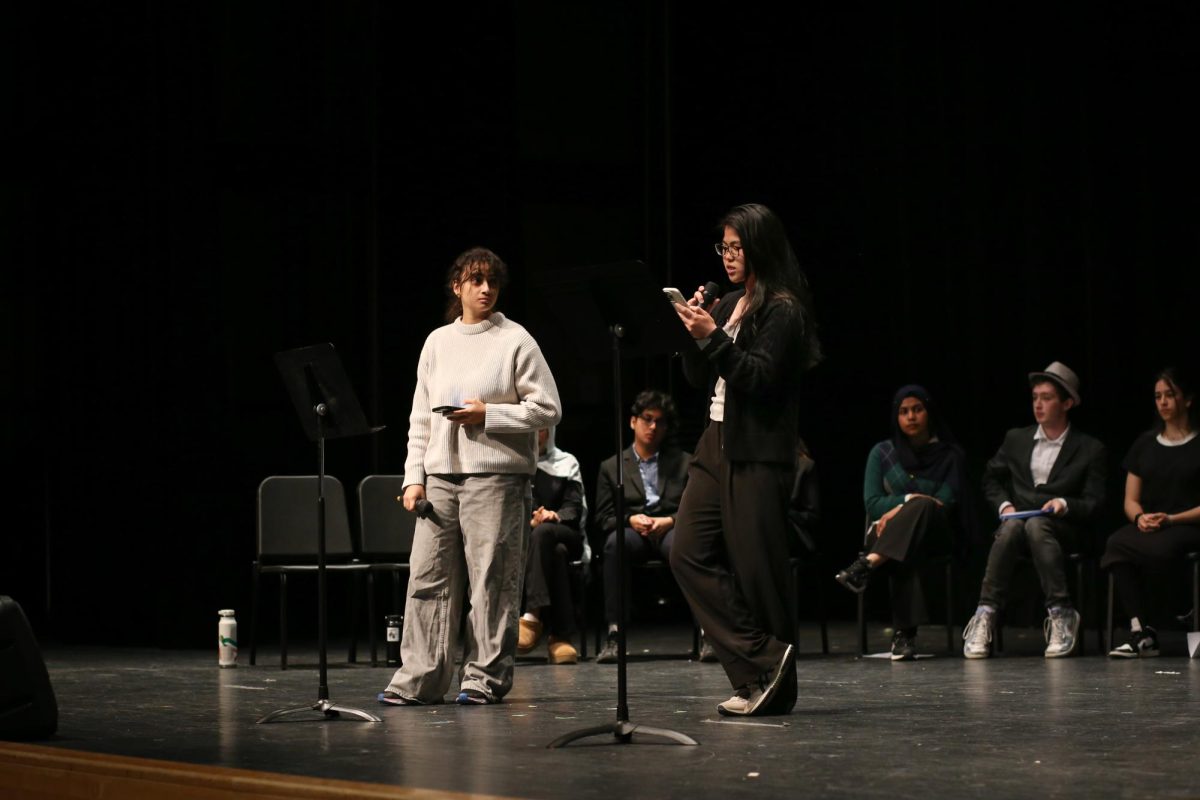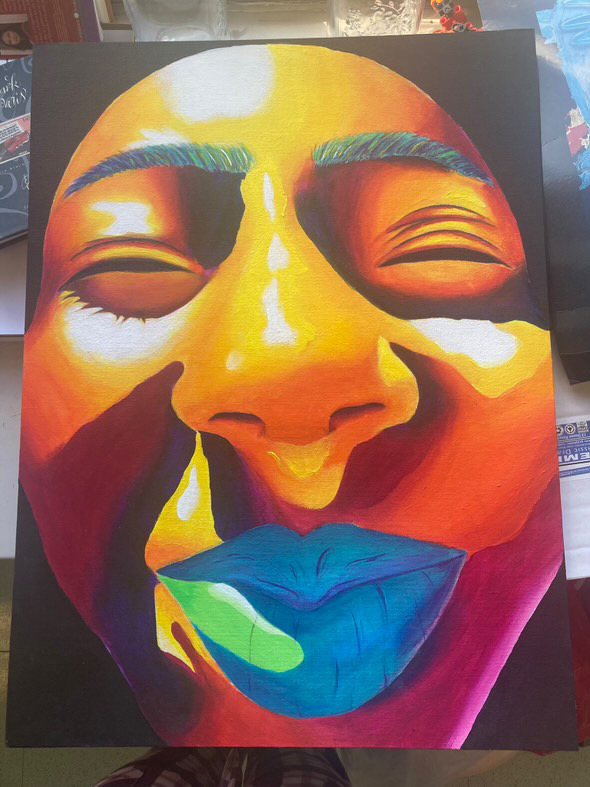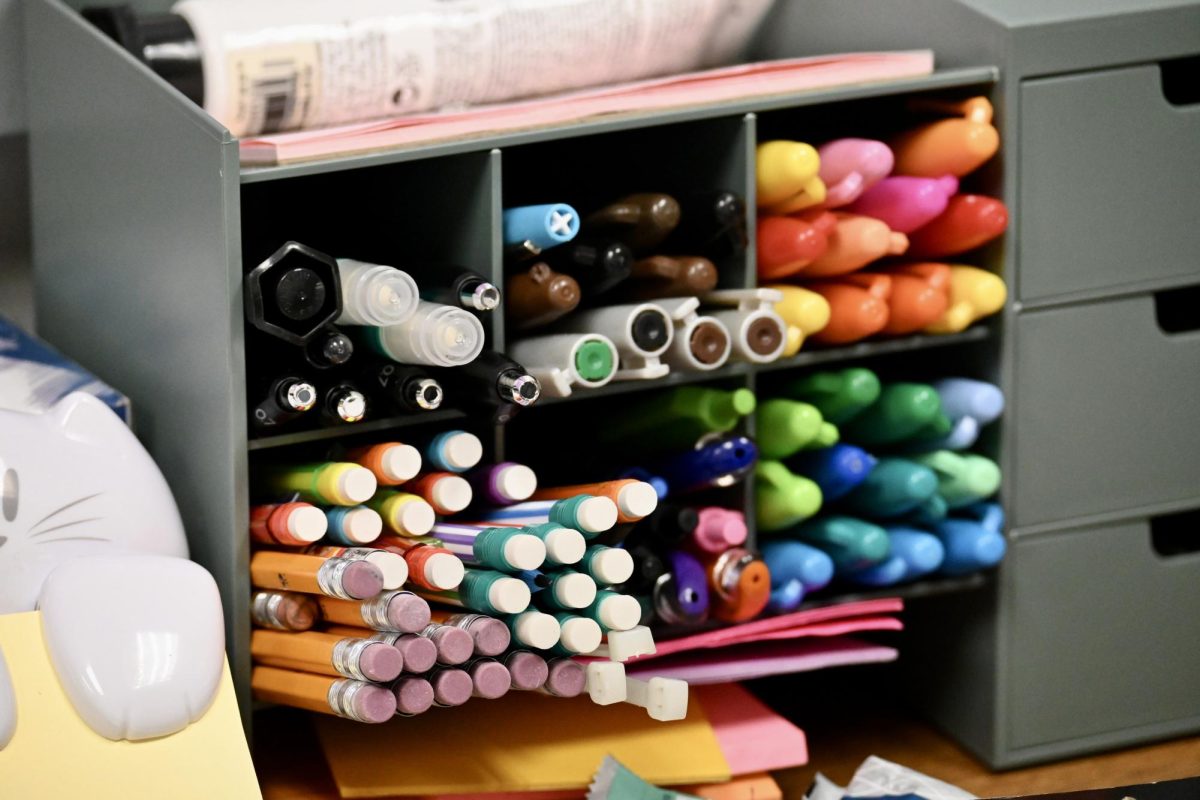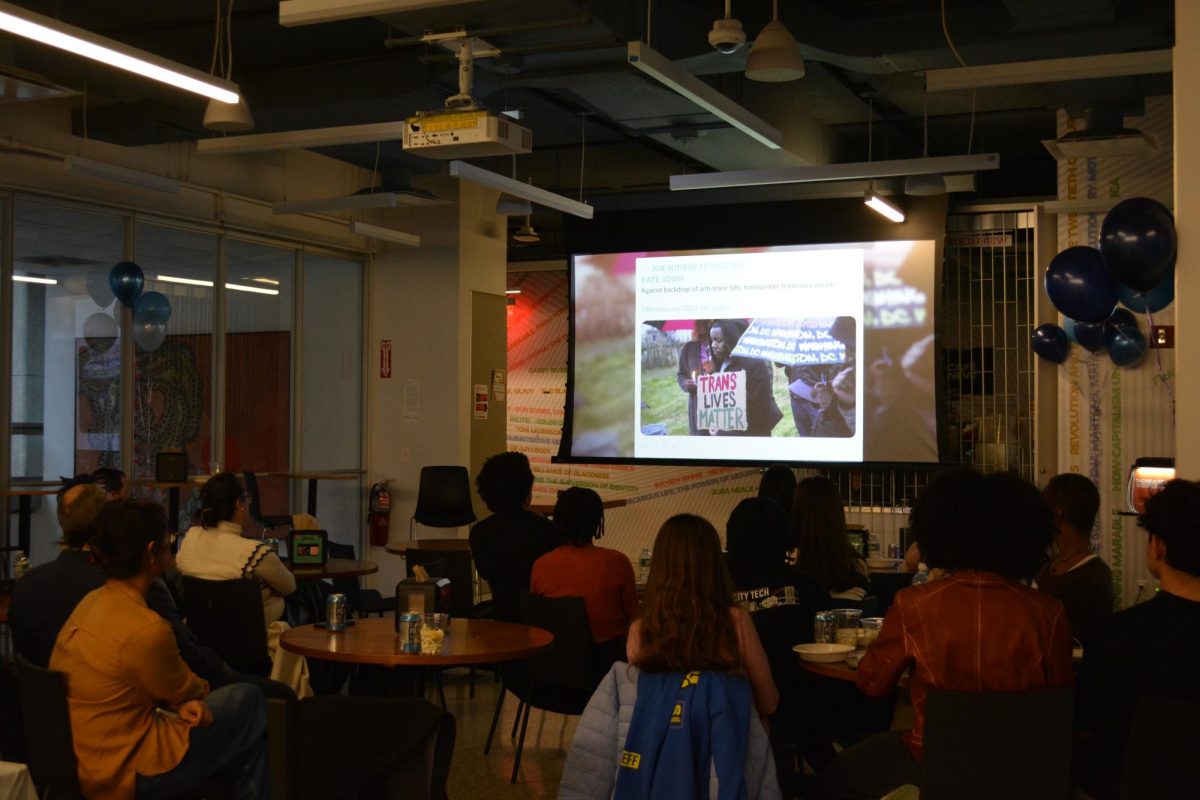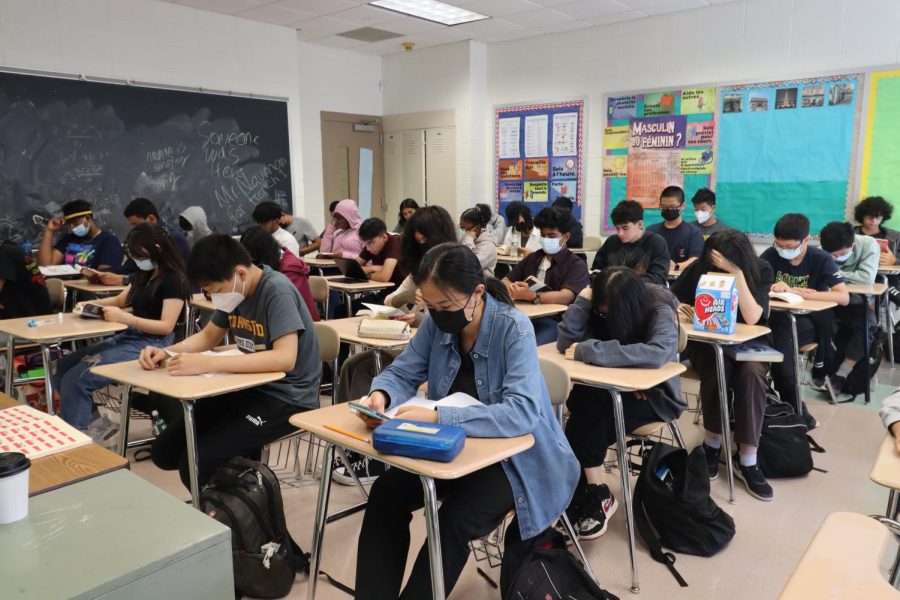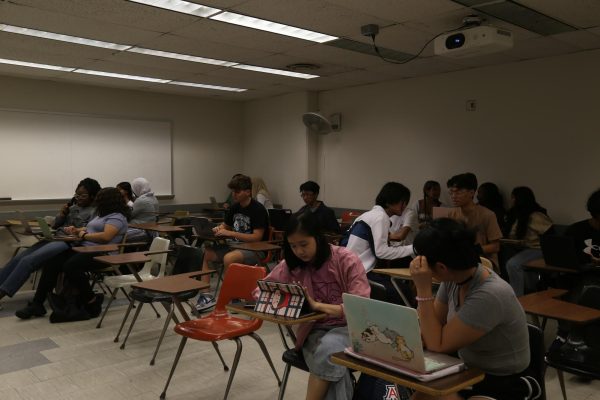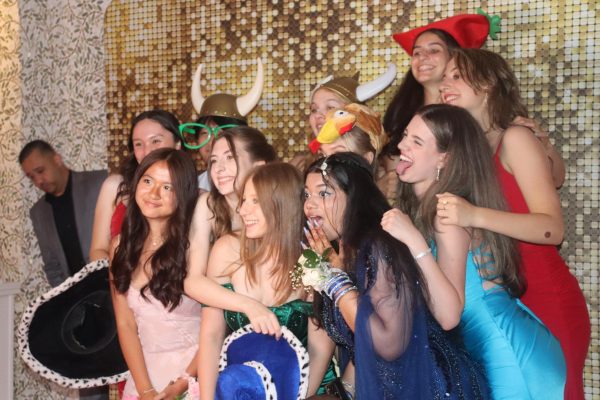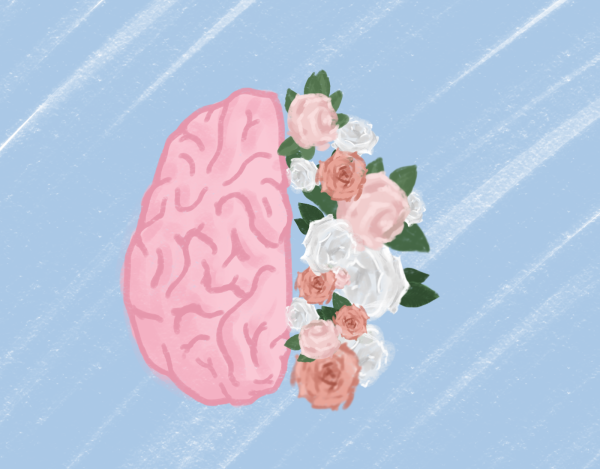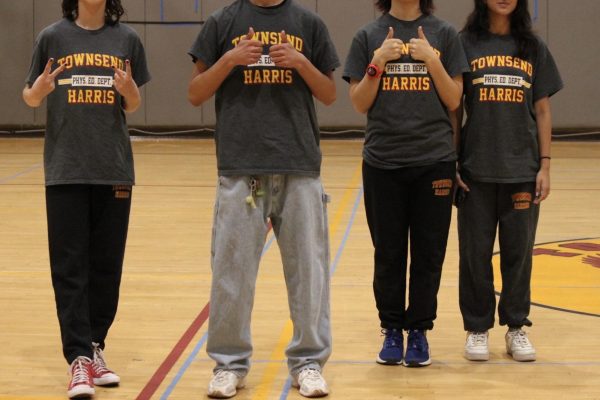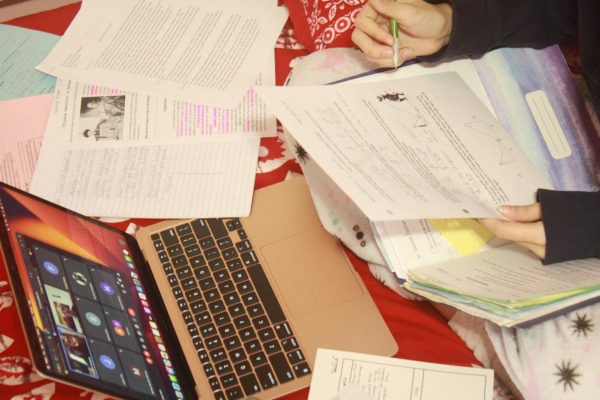Superhuman tutors: The case for a generative AI experiment in classrooms
As students choose courses for the upcoming year they question how many AP classes they should take.

In only five months, artificial intelligence platforms and chatbots like ChatGPT have managed to take learning by storm, garnering a mix of praise and apprehension for their “superhuman” abilities. While some school officials are shying away from accommodating bots like ChatGPT, predicting a loss of learning from cheating, others are urging for an artificial intelligence experiment, with few teachers adopting “open” AI policies and others letting generative bots provide feedback to students.
Policymakers and educators must take the imperative step of initiating a thoughtful experiment with generative AI in classrooms. This crucial undertaking is necessary to thoroughly comprehend and harness the potential of AI and pave the way for its purposeful application in transforming learning and teaching.
One of many benefits that AI brings to education is personalized learning, or the practice of tailoring the learning experience for each student to accommodate their needs. By analyzing data on student performance, preferences, and behavior, tools like ChatGPT can study a student’s capacity to learn or process topics like mathematics, and in turn, deliver personalized learning situations. Students become equipped with “personal tutors” that can adapt the learning environment, in real-time, to their needs. If a student is struggling to solve a problem, bots may not only provide step-by-step guidance, but may also select problems on an individual basis by tracking the student’s competence. AI can offer feedback on essays and uncover students’ mistakes on math problems without evoking the embarrassment that typically results when a teacher or classmate looks at a student’s work. Students’ ability to navigate through learning challenges may become stronger as chatbots assist them with coursework.
Teachers can also benefit from generative AI. Tools like ChatGPT can actually improve teachers’ abilities to teach by automating routine tasks like lesson planning, assessment creation, and writing feedback. Teachers equipped with ChatGPT can devote more time to student interaction as AI technology begins to automate various classroom chores.
However, some are warning about an AI “takeover” in classrooms amidst speculation that generative AI may easily replace teachers. Though the outcomes of an AI-powered classroom may be consequential, it is vital to stress that AI cannot put teachers’ jobs in danger. AI’s role is to offer assistance in administering work and providing feedback; without its capacity for human sympathy or interaction, it will falter in enabling the same connections that teachers develop with students in their learning journeys.
AI has the ability to dramatically impact education in a variety of ways as it takes a spot on the world stage. Utilizing AI in education is an opportunity that educators and stakeholders should capitalize on to transform student experiences and allow teachers to fulfill the vital role of connecting with students.
Your donation will support the student journalists of The Classic. Your contribution will allow us to purchase equipment, support our extracurricular events, celebrate our staff, print the paper periodically, and cover our annual website hosting costs.
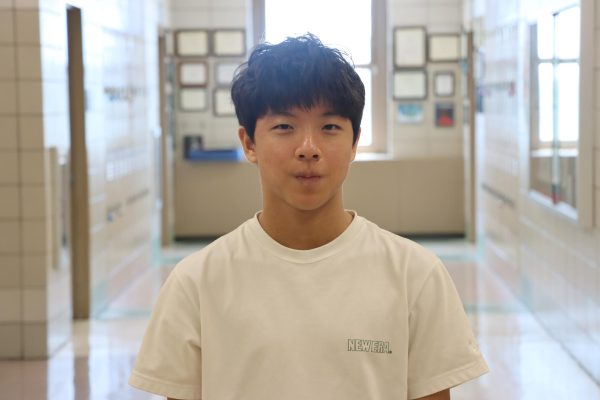
Lucas is a junior at THHS. In his free time, he enjoys golfing with his friends. He also loves to watch films in his free time.
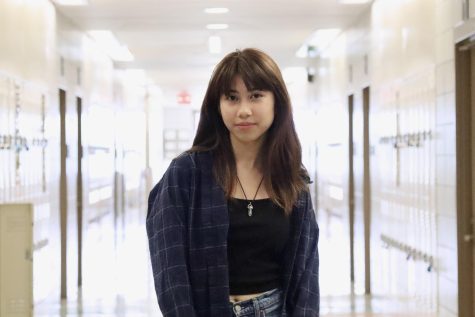
Katherine Lian is a senior at Townsend High School who enjoys taking pictures, dancing, and trying new things. Her favorite memory with The Classic was...



